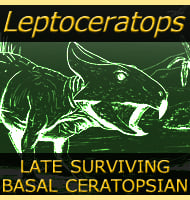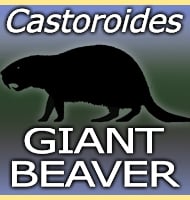Emeroleter
In Depth Emeroleter is a genus of nycteroleterid procolophonomorph that lived in what is now the Russian federation towards the end of the Permian period about two hundred and sixty-five to two hundred and fifty million years ago. Further Reading - New Late Permian nycteroleterids from Eastern Europe - Paleontological Journal 31(5):552-558 - M. F. … Read more

